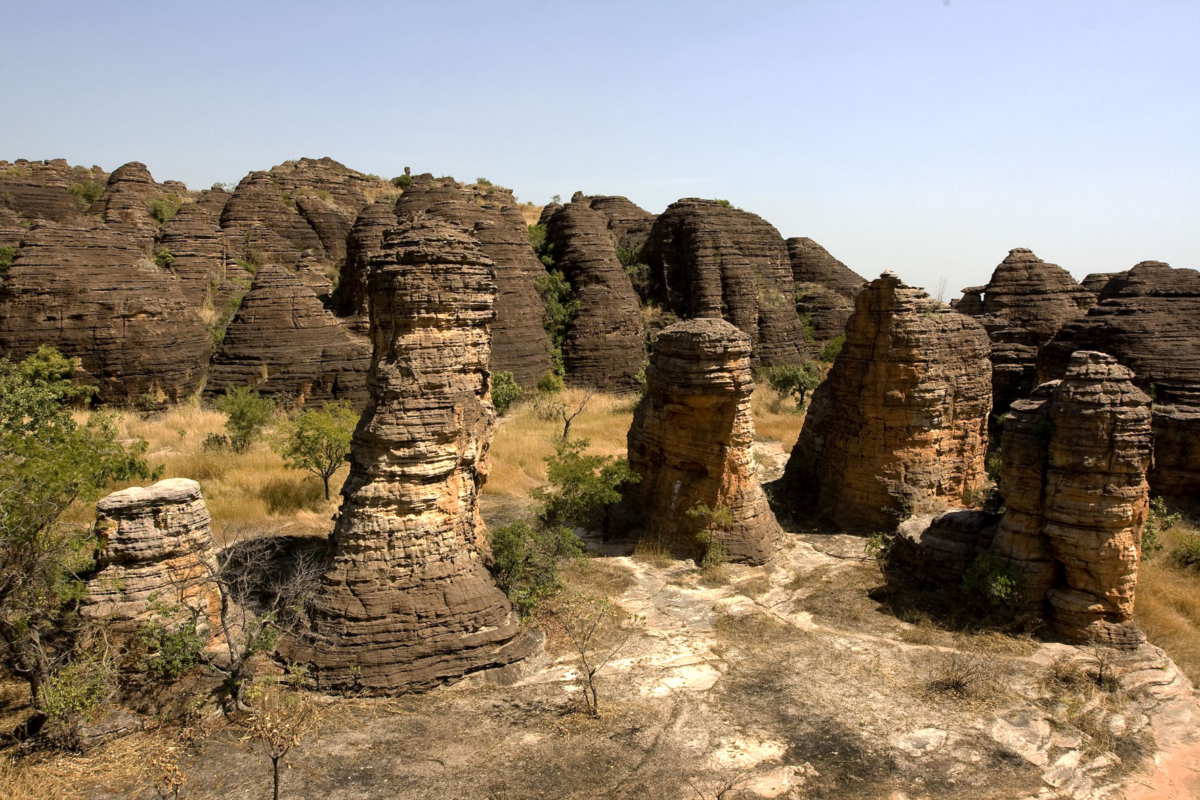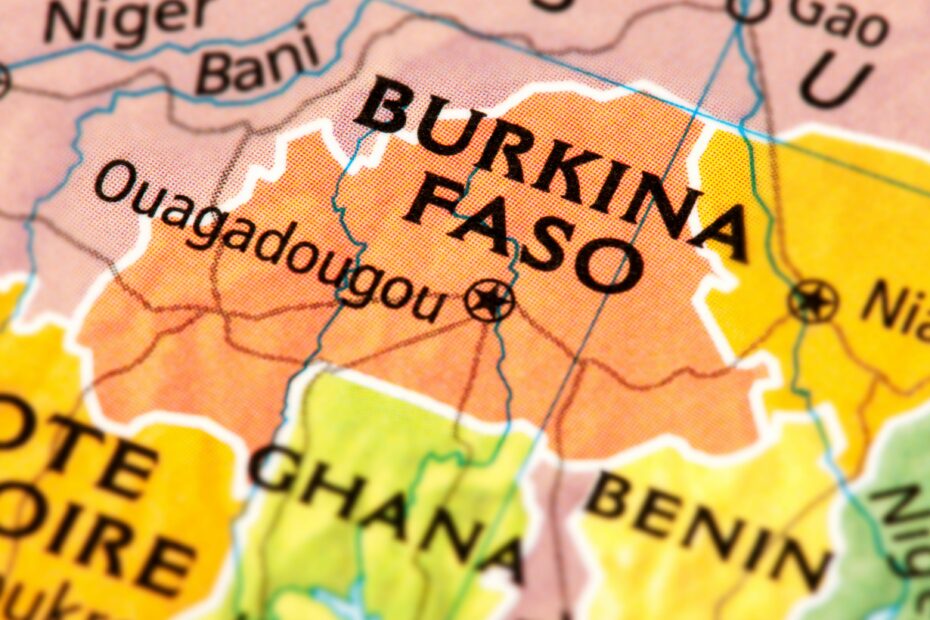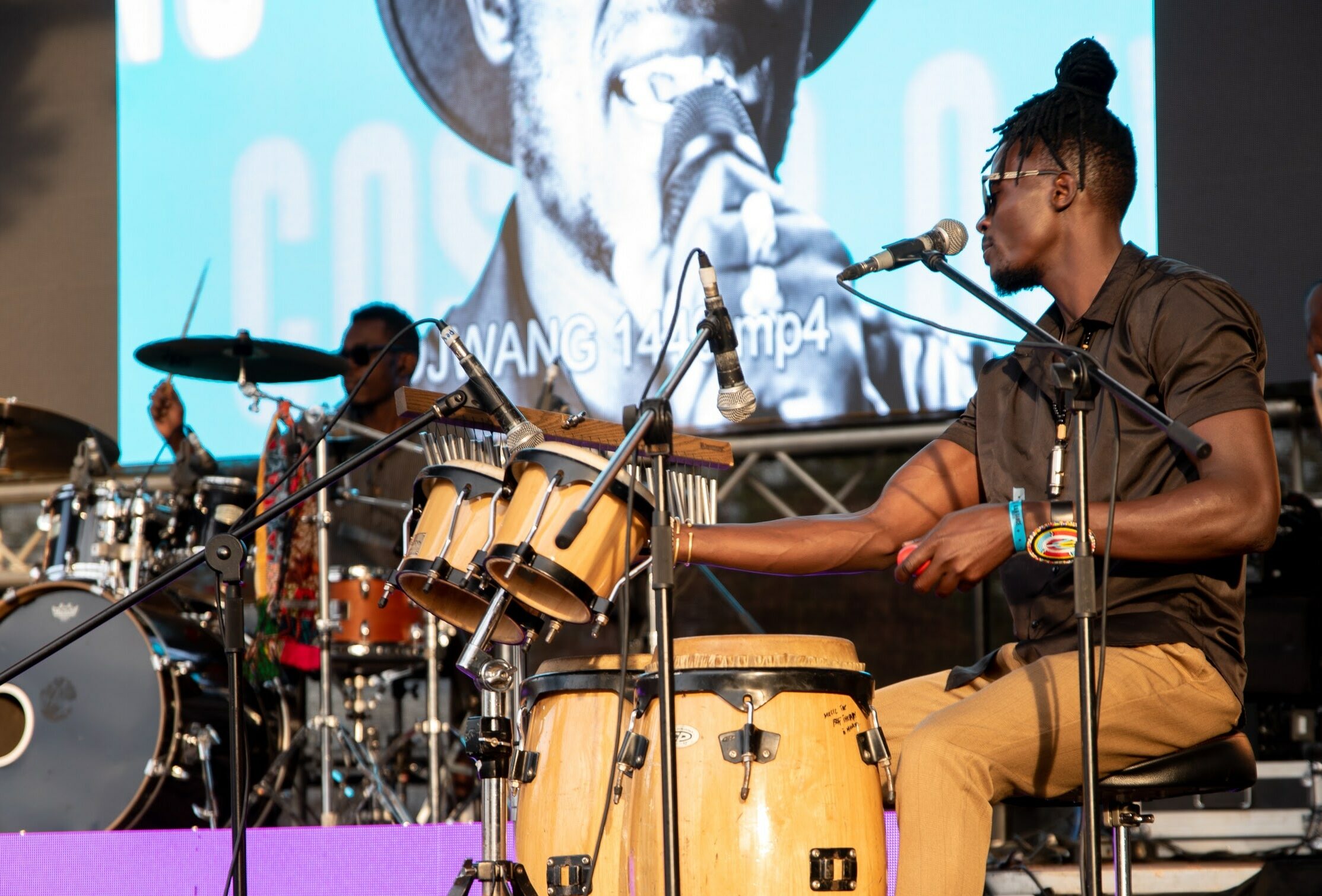Burkina Faso, a landlocked country in West Africa, may not be among the first destinations that come to mind when planning a trip. However, this hidden gem has much to offer travelers seeking an authentic and unique experience. Burkina Faso has something for everyone, from its vibrant culture to breathtaking natural beauty. Let’s find out what makes up this vibrant country.
Geography and Climate
Burkina Faso spans an area of about 274,200 square kilometers in West Africa, predominantly featuring flat terrain. It is enclosed by six countries: Mali to the north, Niger to the east, Benin to the southeast, Togo and Ghana to the south, and Côte d’Ivoire to the southwest. The country’s landscape is characterized by a central plateau, which reaches an altitude of 400 meters and is interspersed with occasional hills. The sandstone massif of Banfora and the Sindou Peaks are among the notable geographical features.
The climate of Burkina Faso is primarily tropical, subdivided into two distinctive seasons – a rainy season from May to September, brought by the southwestern monsoon winds, and a dry season the rest of the year, influenced by the Saharan Harmattan winds. The annual rainfall varies from about 1,000 mm in the south to less than 250 mm in the far north, dictating the vegetation, which ranges from savanna in the south to desert scrub in the north. Read Also: Exploring Benin: The Vibrant Land of Rich Traditions

History and Culture
Burkina Faso’s history dates back to the prehistoric era, as evident by the archaeological artifacts found throughout the country. It was part of various West African empires, including the Mossi Kingdoms, which ruled the region until the end of the 19th century when the French colonized it. The country gained independence in 1960 and was formerly known as Upper Volta before adopting the name Burkina Faso – meaning “Land of the Upright People” – in 1984.
The culture of Burkina Faso is rich, diverse, and deeply rooted in its history. It is home to over 60 ethnic groups with distinctive traditions, languages, and arts. The largest ethnic group, Mossi, is renowned for their masks and elaborate bòbò butterfly masks, which play a crucial role in many traditional rituals and ceremonies. Music is also integral to Burkina Faso’s culture, drumming key to most social and religious events.
Burkina Faso’s traditional festivals reflect the country’s rich cultural diversity. The most notable is the International Art and Craft Fair, Ouagadougou, known as SIAO, one of West Africa’s most important trade shows. The National Culture Week of Burkina Faso, held every two years in Bobo-Dioulasso, is another major celebration of traditional music, dance, and crafts. Burkina Faso’s vibrant and unique heritage thrives through these cultural practices and events.
Food and Cuisine
Burkina Faso’s cuisine is characterized by simplicity yet incredibly flavorful and diverse, just like the country itself. It is a flavorful fusion of traditional West African fare, reflecting the diverse ethnic groups in the country. Staple foods include sorghum, millet, rice, maize, nuts, potatoes, and yams, often served with various sauces made from tomatoes, peanuts, or baobab leaves.

Although not always present due to its high cost, meat can come as chicken, lamb, goat, or beef when it is part of the meal. “Riz Gras” or “Fat Rice,” a rice dish cooked with tomatoes, onions, spices, and sometimes meat, is popular throughout the country. The national dish is fufu, made from yams or cassava and often served with peanut soup.
A typical meal in Burkina Faso may start with “Tô,” a dough-like dish made from millet, sorghum, or corn flour, served with various sauces. Street food is also integral to the Burkina Faso diet, with offerings such as “brochettes,” fried yams, and patties. Drinks range from the traditional “dolo,” a millet-based beer common in rural areas, to “bissap,” a sweet drink made from hibiscus flowers. Despite the challenging climate and variable resources, Burkinabé cuisine delivers a culinary experience that is a delightful blend of traditional African flavors and French influences.
Economy and Industries
Burkina Faso’s economy is predominantly agrarian, with approximately 80% of its population in subsistence farming. The country’s main cash crops include cotton, the principal export crop, and gold, the leading export in terms of revenue. Agriculture’s dominance, however, makes the economy susceptible to fluctuations in weather and global commodity prices.
In recent years, Burkina Faso has seen an increase in gold mining activities, with the industry becoming an important sector of the economy. It is home to several large-scale, industrially operated mines, but small-scale and artisanal mining also contribute significantly. Read Also: Exploring the African Diversity: A Glimpse into Each Nation
The services sector is gradually expanding, particularly in telecommunications and banking. The government is trying to diversify the economy by promoting tourism and manufacturing. Nevertheless, Burkina Faso relies heavily on international aid and remittances from its diaspora.
Despite these challenges, Burkina Faso is known for its artistic crafts industry, including textiles, leather goods, and metalwork. The country’s artisans are renowned for their skill and creativity, with their goods being a significant source of national pride and cultural expression.
Tourist Attractions
Though lesser-known as a tourist destination, Burkina Faso possesses unique attractions that offer insight into its rich cultural heritage and natural beauty. The Ruins of Loropéni, a UNESCO World Heritage site, hark back to the country’s ancient history, while natural landmarks such as the Arli National Park offer stunning vistas and wildlife spotting opportunities. The Sindou Peaks, with their dramatic sandstone formations, are a photographer’s delight.

The enchanting landscapes of Banfora, located in southwestern Burkina Faso, offer picturesque waterfalls, such as the famous Karfiguéla and the stunning Domes de Fabedougou. For wildlife enthusiasts, the region also boasts the impressive National Parks of Arly and W of Niger. These protected areas provide a haven for diverse wildlife, including majestic elephants, lions, and many fascinating bird species. Exploring these parks offers an unforgettable opportunity to observe these magnificent creatures in their natural habitat.
Traditional markets, like the ones in Ouagadougou and Bobo-Dioulasso, offer tourists an authentic taste of local lifestyles, showcasing the country’s vibrant arts and crafts. The Sacred Crocodile Ponds in Bazoulé and the Nazinga Game Ranch are must-visits for wildlife enthusiasts. Festivals like FESPACO (Panafrican Film and Television Festival of Ouagadougou) and SIAO (International Art and Craft Fair) draw international visitors, providing a glimpse into the country’s artistic prowess and cultural richness.
Unique Traditions and Festivals
Burkina Faso, a nation characterized by its rich cultural diversity, hosts a variety of festivals that showcase the unique traditions of its ethnic groups. One prominent celebration is the ‘Masks Festival’ by the Bwa and Nuna communities. This festival features elaborately crafted wooden masks representing spirits of nature, accompanied by dynamic traditional music and dance.
The ‘Pan-African Film and Television Festival of Ouagadougou (FESPACO) stands out as a major event, highlighting the creativity and talent of African filmmakers. Additionally, the National Culture Week in Bobo-Dioulasso, held biennially, transforms the city with various cultural expressions, including music, dance, storytelling, and theatre, providing a lively showcase of Burkinabe culture.
Burkina Faso’s festival scene is further enriched by the International Arts and Crafts Fair, known as SIAO. This renowned event attracts African artisans who gather to exhibit their crafts, offering visitors an immersive experience of the country’s artistic traditions. The Moro-Naba Ceremony, a grand procession celebrating the Mossi kingdom, is another significant cultural event in Burkina Faso.



